“The force that is postured, resilient, and able to converge its capabilities across all domains will win. We must be that force.” — Gen. David Perkins, Commanding General, U.S. Army Training and Doctrine Command
 The Army must be prepared to fight across multiple domains and contested areas, to deter potential adversaries and rapidly defeat enemies. Multi-Domain Battle and the associated capabilities will ensure that future Soldiers and Joint Teams can fight, win, and survive on tomorrow’s battlefields. The future of the Cyber domain is one of the most difficult aspects of the Future Operational Environment (OE). It is the domain most impacted by speed, scope, and convergence. The 2050 Cyber Army Conference, co-sponsored by the Army Cyber Institute and the United States Military Academy, on 13-14 September 2016 at West Point, New York, tackled this domain, defining Cyber Future Attributes and Alternative Cyber Futures.
The Army must be prepared to fight across multiple domains and contested areas, to deter potential adversaries and rapidly defeat enemies. Multi-Domain Battle and the associated capabilities will ensure that future Soldiers and Joint Teams can fight, win, and survive on tomorrow’s battlefields. The future of the Cyber domain is one of the most difficult aspects of the Future Operational Environment (OE). It is the domain most impacted by speed, scope, and convergence. The 2050 Cyber Army Conference, co-sponsored by the Army Cyber Institute and the United States Military Academy, on 13-14 September 2016 at West Point, New York, tackled this domain, defining Cyber Future Attributes and Alternative Cyber Futures.
Cyber Future Attributes:
The challenges of “cyber-casting” impose a shroud of uncertainty around the cyber future out to 2050, but Mad Scientists described a series of consistent attributes about that elusive future:
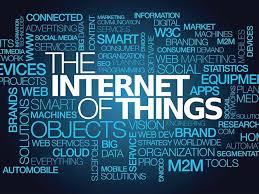 Ubiquity. Cyber will be “everywhere” and so pervasive that in the future “cyber is no longer cyber.” The functional distinction of things “cyber” will diminish as cyberspace connectivity (e.g., the Internet of Things) pervades every aspect of our infrastructure. From a military perspective, the pervasiveness of cyberspace will challenge the Army to reconceptualize time and space across all of the domains – including cyberspace — to win future battles and wars.
Ubiquity. Cyber will be “everywhere” and so pervasive that in the future “cyber is no longer cyber.” The functional distinction of things “cyber” will diminish as cyberspace connectivity (e.g., the Internet of Things) pervades every aspect of our infrastructure. From a military perspective, the pervasiveness of cyberspace will challenge the Army to reconceptualize time and space across all of the domains – including cyberspace — to win future battles and wars.
 Volatility. The pervasiveness and leverage of cyberspace infrastructure will likely have a destabilizing impact on global – and local – stability. Digitization and social media, for example, will blend “weaponized data” and potentially micro-target anyone on the planet. The multiplicity of potential actors – and the expansion of the means at their disposal – can only be problematic for a stable operational environment.
Volatility. The pervasiveness and leverage of cyberspace infrastructure will likely have a destabilizing impact on global – and local – stability. Digitization and social media, for example, will blend “weaponized data” and potentially micro-target anyone on the planet. The multiplicity of potential actors – and the expansion of the means at their disposal – can only be problematic for a stable operational environment.
 Uncertainty. The explicit mechanism of connectivity and “cause-and-effect” in cyberspace infrastructure will be buried in the sheer mass of users, nodes, connections, and data within it. Increasing portions of cyberspace action, moreover, may be shaped through artificial intelligence tools and machine to machine communications, without direct human oversight or review. A destabilization of certainty and trust is inevitable as foundational data and fundamental algorithms powering the Internet of Things are attacked and inexplicably fail. Vulnerabilities at the fringes of the global supply chain, moreover, will present weak links in the cyber infrastructure, posing doubt about the reliability and assured performance of cyberspace infrastructure.
Uncertainty. The explicit mechanism of connectivity and “cause-and-effect” in cyberspace infrastructure will be buried in the sheer mass of users, nodes, connections, and data within it. Increasing portions of cyberspace action, moreover, may be shaped through artificial intelligence tools and machine to machine communications, without direct human oversight or review. A destabilization of certainty and trust is inevitable as foundational data and fundamental algorithms powering the Internet of Things are attacked and inexplicably fail. Vulnerabilities at the fringes of the global supply chain, moreover, will present weak links in the cyber infrastructure, posing doubt about the reliability and assured performance of cyberspace infrastructure.
 Complexity. Cause-and-effect relationships in the cyber domain will not be readily apparent, and the quantity of these relationships will shift merely “complicated” systems into the “complex” category. Blended attacks originating from every aspect of cyberspace ubiquity will present new levels of complexity. Very complex automated systems across the Internet of Things, moreover, will present an immense and vulnerable attack surface. The more efficient these systems become, the easier they will be to hack. Simplicity will be a limited virtue, frequently defeated by creativity and flexibility. Adversaries may steal ideas from an attacker’s playbook, for example, as a useful tool against targets of their own.
Complexity. Cause-and-effect relationships in the cyber domain will not be readily apparent, and the quantity of these relationships will shift merely “complicated” systems into the “complex” category. Blended attacks originating from every aspect of cyberspace ubiquity will present new levels of complexity. Very complex automated systems across the Internet of Things, moreover, will present an immense and vulnerable attack surface. The more efficient these systems become, the easier they will be to hack. Simplicity will be a limited virtue, frequently defeated by creativity and flexibility. Adversaries may steal ideas from an attacker’s playbook, for example, as a useful tool against targets of their own.
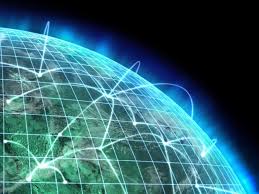 Convergence. Data and digitization continue to move beyond information and technology communication to all aspects of our physical, cognitive, and social experiences. The consequent attribute of the cyber future will be convergence…
Convergence. Data and digitization continue to move beyond information and technology communication to all aspects of our physical, cognitive, and social experiences. The consequent attribute of the cyber future will be convergence…
…between land and cyberspace operations.
…between all the legacy domains, as cyberspace constitutes the connective ether that readily transfers effects from one domain to another.
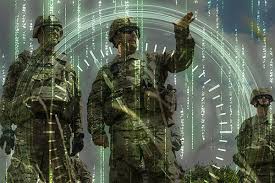 …between time and space as enhanced information and communication technologies decrease the time and expand the reach of cyber actions.
…between time and space as enhanced information and communication technologies decrease the time and expand the reach of cyber actions.
…between electromagnetic (EMS) and cyberspace action.
…between defensive and offensive cyberspace operations to ensure one function informs the other.
…between information management (IM) and knowledge management (KM) as large data is leveraged to achieve advantage. 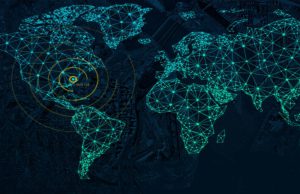
…between Army operational and institutional activities, creating an unprecedented level of interaction where operations impact institutional activities and vice-versa.
Alternative Cyber Futures:
Given the uncertainty associated with cyber-casting, a useful approach for evaluating the future out to 2050 is to describe a range of alternative futures and attempt to identify key discriminators that distinguish between them. Although that was not an explicit task of the Mad Scientist Conference, in a project for the Atlantic Council Cyber Statecraft Initiative, Jason Healy identified five alternative cyber futures describing a range of conflict and collaboration.  Since Mad Scientist discussions touched on most of these potential outcomes, we leveraged this analysis in the 2050 Army Cyber Conference Report.
Since Mad Scientist discussions touched on most of these potential outcomes, we leveraged this analysis in the 2050 Army Cyber Conference Report.
The potential alternative cyber futures are as follows:
1. “Status Quo.”
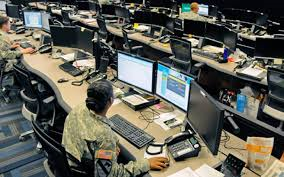 • Description: Cyberspace conflict tomorrow looks like that of today: there are high levels of crime and espionage, but no massive interstate cyber warfare
• Description: Cyberspace conflict tomorrow looks like that of today: there are high levels of crime and espionage, but no massive interstate cyber warfare
• Relationship of Offense and Defense: Favors Offense over Defense
• Intensity and Kind of Conflict: Conflict is as it is today: bad, but not catastrophic, with crime and spying
• Intensity and Kind of Cooperation: There is a healthy but limited sharing on response, standards, and cyber crime
• Stability: Relatively Stable
• Likelihood: Moderate
• Why this is Possible: Current trend line and massive attacks have not occurred yet, despite fifteen years of expectations
2. “Conflict Domain.”
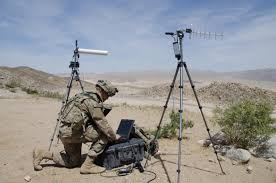 • Description: Cyberspace reflects a wide range of human conflict, just like air, land, space and maritime domains
• Description: Cyberspace reflects a wide range of human conflict, just like air, land, space and maritime domains
• Relationship of Offense and Defense: Favors Offense over Defense
• Intensity and Kind of Conflict: There is a full range of conflict (i.e., crime, spying, embargos, and full-blown international conflict)
• Intensity and Kind of Cooperation: To be stable, cyber cooperation requires norms and regimes, just as in other domains
• Stability: Somewhat Stable
• Likelihood: High
• Why this is Possible: Other domains have generally supported a range of human activity, from commerce to conflict
3. “Balkanization.”
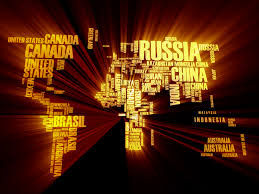 • Description: Cyberspace breaks down into national fiefdoms: there is no single internet, just a collection of closely guarded and poorly interconnected national internets
• Description: Cyberspace breaks down into national fiefdoms: there is no single internet, just a collection of closely guarded and poorly interconnected national internets
• Relationship of Offense and Defense: Unknown / Depends
• Intensity and Kind of Conflict: Nations are possibly blocking access to content, to and from each other, although there may be fewer outright attacks
• Intensity and Kind of Cooperation: Cyber cooperation requires international agreement in order to interconnect national Internets
• Stability: Unknown / Depends
• Likelihood: Low
• Why this is Possible: Countries continue to build border firewalls, which UN control of the Internet could exacerbate
4. “Paradise.”
 • Description: Social and technological innovations make cyberspace an overwhelmingly secure place; where espionage, warfare, and crime are extremely difficult
• Description: Social and technological innovations make cyberspace an overwhelmingly secure place; where espionage, warfare, and crime are extremely difficult
• Relationship of Offense and Defense: Favors Defense much more than Offense
• Intensity and Kind of Conflict: All conflict is greatly reduced, although nations and other advanced actors retain some capability
• Intensity and Kind of Cooperation: Cooperation is critical if stability depends on norms, or unneeded if it depends on new technology
• Stability: Long-Term Stable
• Likelihood: Low
• Why this is Possible: New technologies or cooperation, long promised, could make security much easier
5. “Cybergeddon.”

• Description: Cyberspace, always un-ruled and unruly, has become a “failed state” in a near-permanent state of disruption, including high levels of hacker, criminal, and terrorist activity
• Relationship of Offense and Defense: Favors Offense much more than Defense
• Intensity and Kind of Conflict: Every kind of conflict is not just possible, but ongoing, all of the time
• Intensity and Kind of Cooperation: Cooperation is either useless, as attackers always have the edge, or impossible, like trying to govern a
failed state
• Stability: Long-Term Unstable
• Likelihood: Low
• Why this is Possible: Offense continues to outpace defense, as any new defensive technology or cooperation is quickly overcome
The key discriminator that drives alternative cyber futures in this model is the technology contest outcome between offensive and defensive cyber operations.
Conclusion:
 The assessment of cyber offense ascendancy at the 2050 Army Cyber Conference reinforces Jason Healy’s estimate that the “Conflict Domain” outcome is currently most likely.
The assessment of cyber offense ascendancy at the 2050 Army Cyber Conference reinforces Jason Healy’s estimate that the “Conflict Domain” outcome is currently most likely.  Recent actions by authoritarian regimes to attempt to control internet access and other uses of cyberspace –- together with concerns that the cyber domain, as currently constructed
Recent actions by authoritarian regimes to attempt to control internet access and other uses of cyberspace –- together with concerns that the cyber domain, as currently constructed  and managed, is simply too vulnerable and dangerous –- argue for a “Balkanization” outcome. Only if the disruptive material solutions previously described substantially mitigate future cyber vulnerabilities will the “Paradise” outcome be feasible.
and managed, is simply too vulnerable and dangerous –- argue for a “Balkanization” outcome. Only if the disruptive material solutions previously described substantially mitigate future cyber vulnerabilities will the “Paradise” outcome be feasible.
For more information on warfare in the cyber domain from the 2050 Cyber Army Conference, see:
The Community of Hackers, Makers, and Innovative Thinkers Panel
Matthew Weaver’s presentation, entitled Pervasive Capability – Our Only Hope
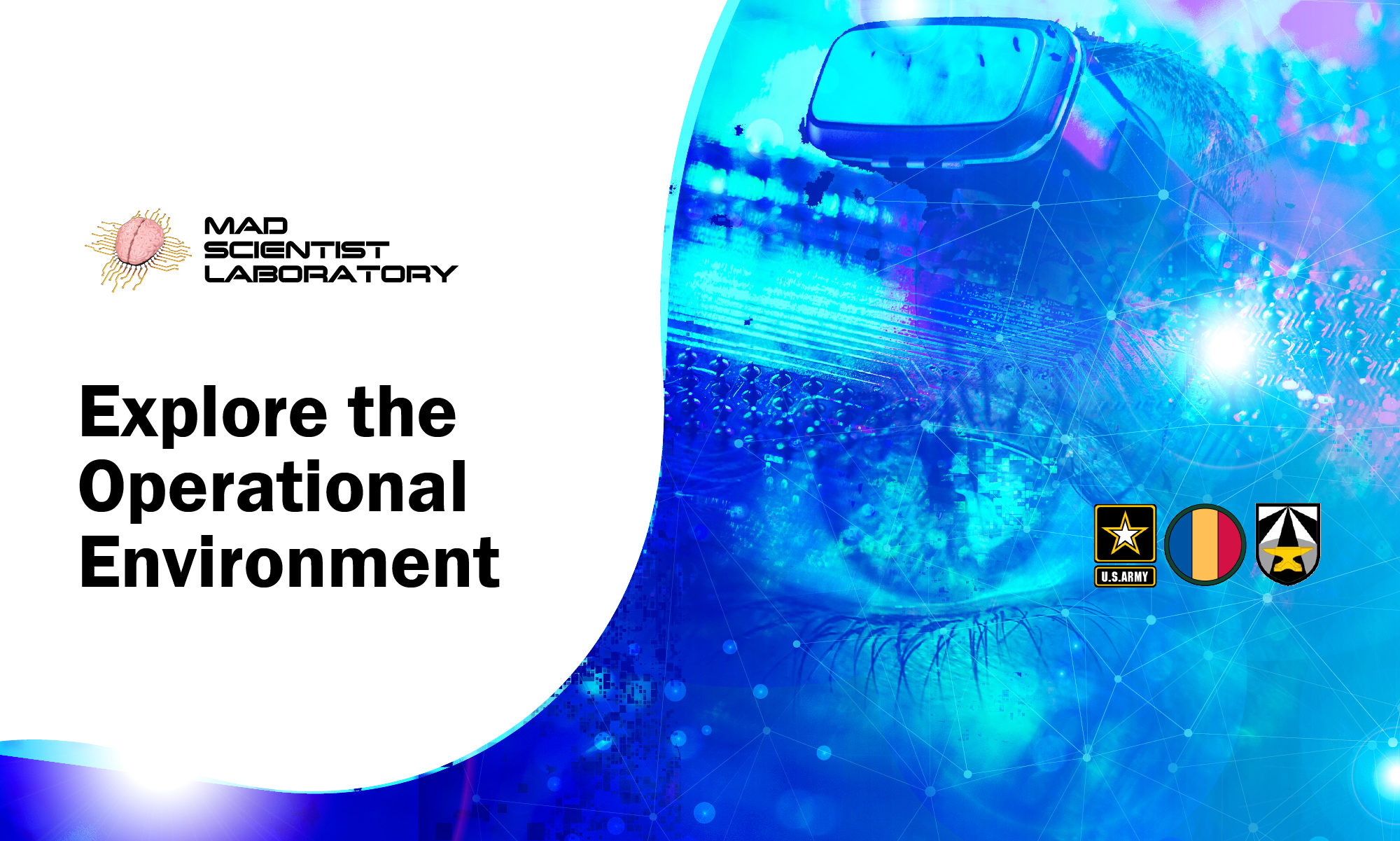


On this subject, recommend this book: https://www.littlebrown.com/titles/joshua-cooper-ramo/the-seventh-sense/9780316285063/
Very interesting. I always caution about predicting 30+ years in the future; especially in this domain. This year, Google turns 23 years old and the iPhone turns just 12. Who could have predicted the cyberspace we have today based on the humble beginnings (e.g. modems, AOL, Netscape) of the late 1980’s?
That said, I agree with the assessment that the “Conflict Domain” outcome is the most likely; with “status Quo” being a strong second. It may be the case that transition between these two states will be relatively gradual. In 2050, the “status quo” may be equivalent to what we define “conflict domain” to be today. Balkanization is also an interesting option, which I believe will also occur in some regions of the world. Even today there already are countries that have established boarder gateways that filter and restrict Internet access. This is mostly done to limit access to information from their own population, but regardless of motivation, the outcome is essentially the same.